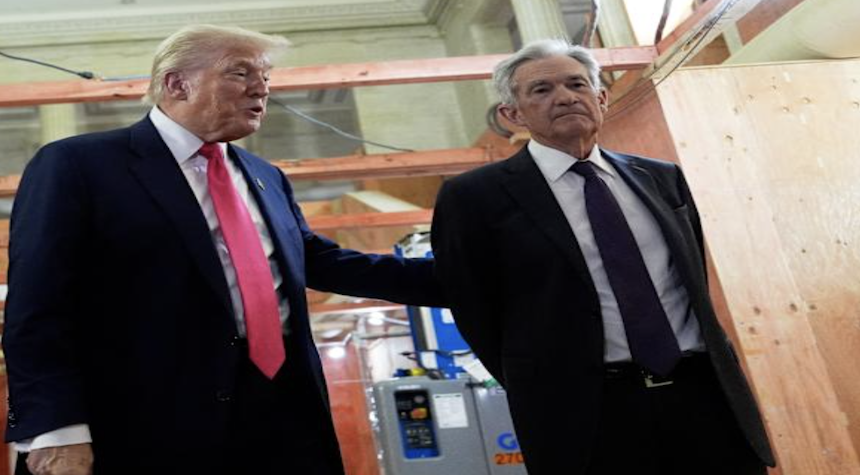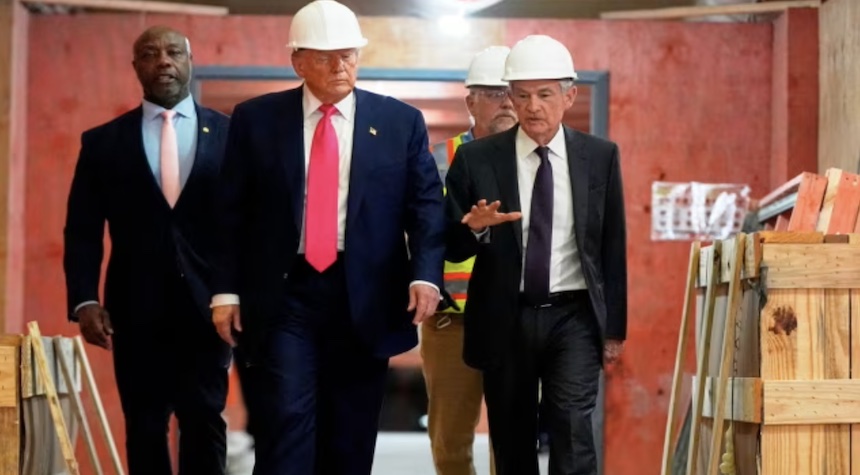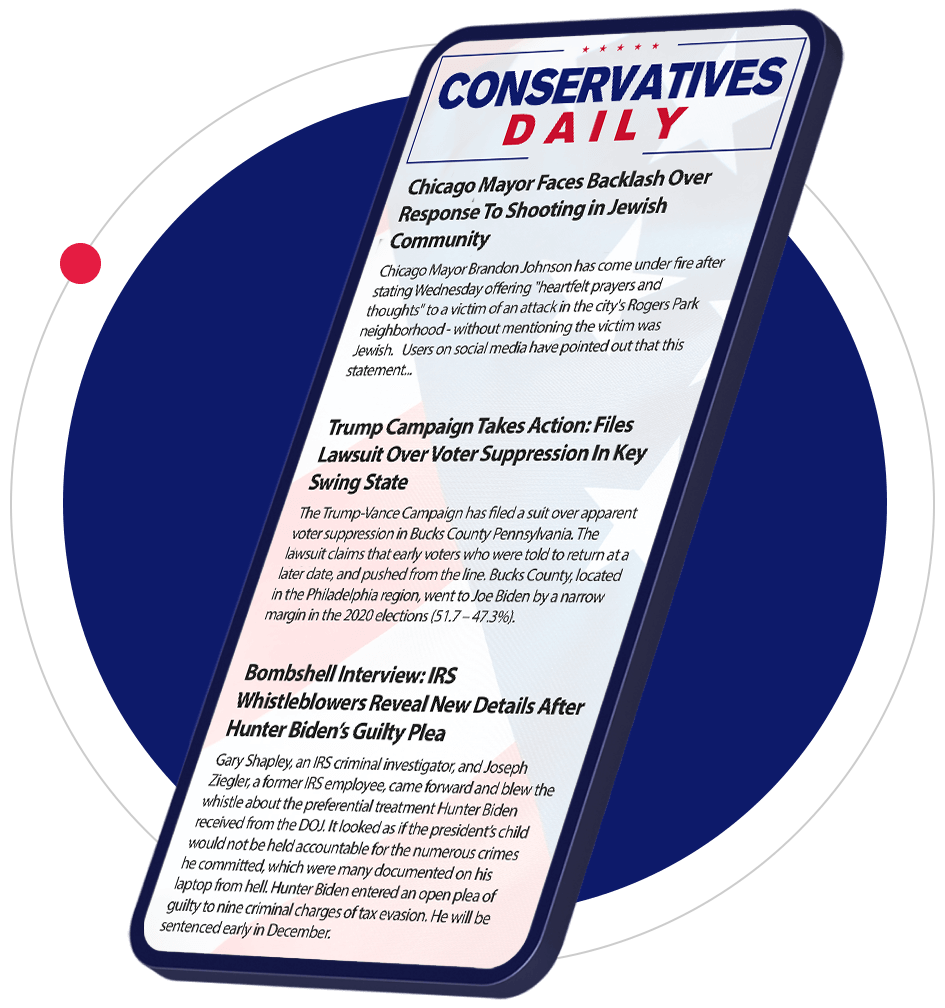The Federal Reserve’s decision on interest rates takes center stage today, as the nation’s central bank navigates a complex economic landscape.
The Federal Reserve is poised to maintain its current short-term interest rate for the fifth consecutive meeting. This decision comes amid a growing rift between Federal Reserve Chairman Jerome Powell and his most vocal critic, President Donald Trump. The significance of this divide should not be overlooked.
According to reliable sources, two members of the Fed’s governing board, both Trump appointees, may dissent from the majority decision, advocating for a rate cut. If this occurs, it would mark the first time in three decades that two governors have voted against the chair’s position.

President Trump has repeatedly called for lower interest rates, citing the strength of the U.S. economy. However, economic experts generally hold the opposite view: that a robust economy typically warrants higher rates to prevent overheating and control inflation.
This disagreement raises important questions about the relationship between monetary policy and government fiscal management. The President argues that lower rates would reduce government borrowing costs, while Fed officials maintain their focus on congressionally mandated goals of price stability and maximum employment.
Inflation has recently ticked up to 2.7%, above the Fed’s 2% target. This development follows earlier reports of a sharp decline in inflation, complicating the Fed’s decision-making process.

The Fed projects potential rate cuts later this year, while the President advocates for more aggressive reductions. The evidence suggests that market expectations align more closely with the Fed’s cautious approach.
As this story continues to unfold, it’s clear that the debate over interest rates and economic policy will remain at the forefront of national discourse. The public’s right to information on these critical issues cannot be overstated.


